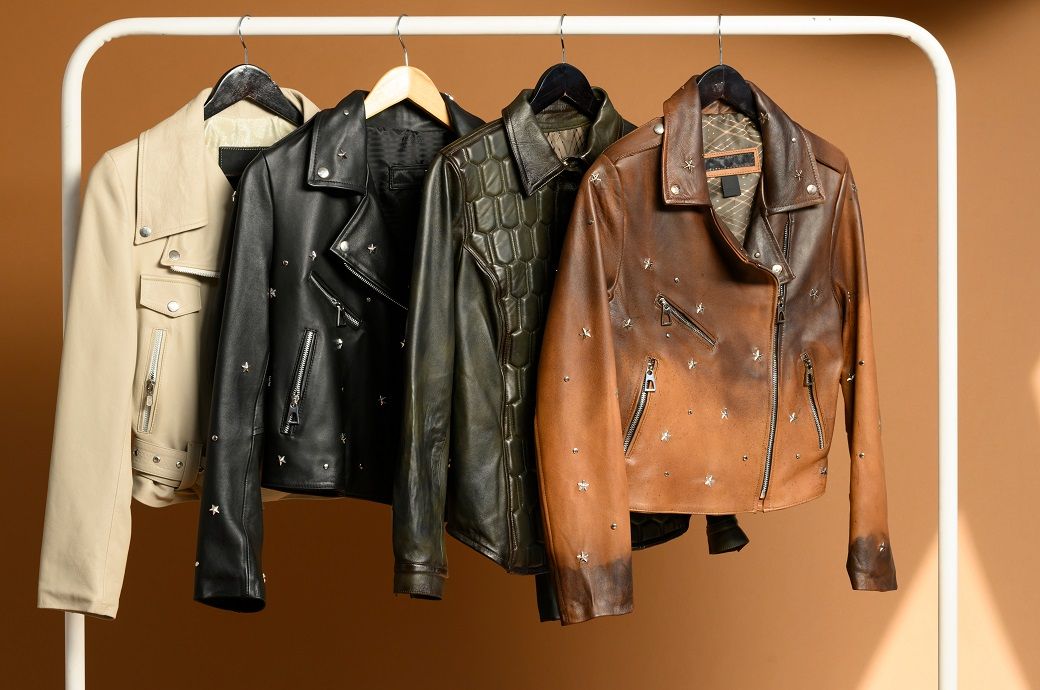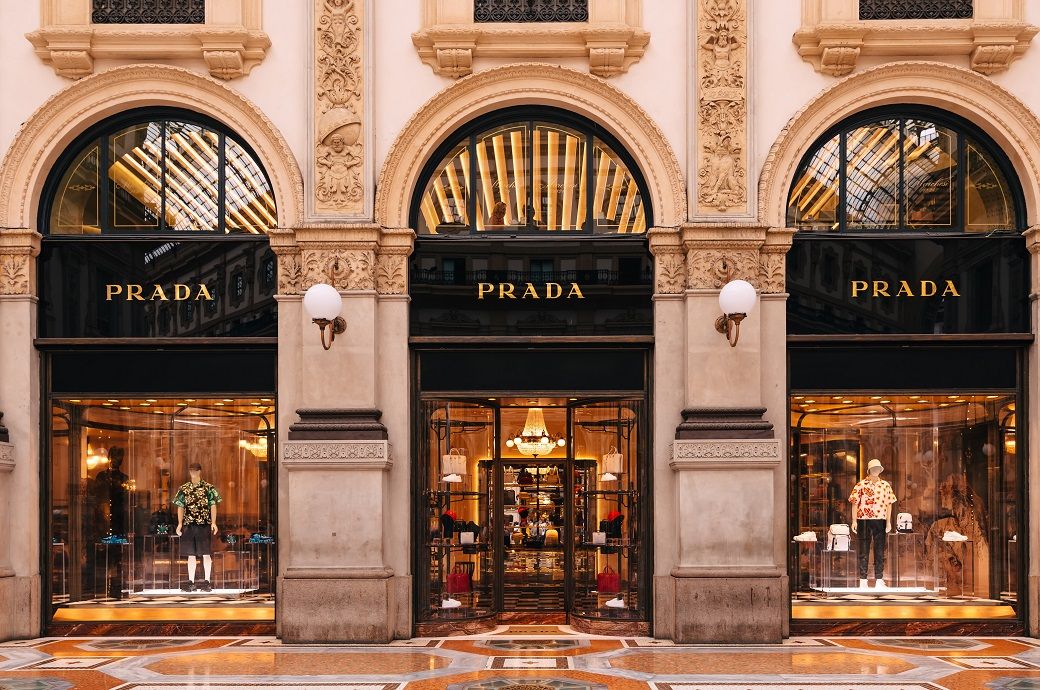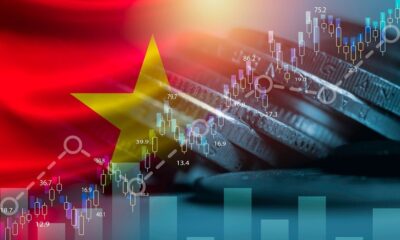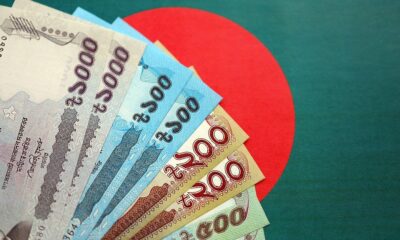Fashion
Global FDI dips 3% in H1 2025 amid weak investor sentiment: UNCTAD

The drop was driven by developed economies, where cross-border mergers and acquisitions (M&As)—which normally make up a large share of their FDI—fell 18 per cent to $173 billion, UNCTAD said in its latest Global Investment Trends Monitor.
Global FDI declined 3 per cent in H1 2025, marking a continued two-year slump as trade tensions, high borrowing costs, and geopolitical uncertainty curbed investor confidence, according to UNCTAD.
Developed economies saw an 18 per cent fall in M&As.
Greenfield and renewable projects dropped sharply, though AI-driven investments and sovereign wealth fund activity may aid recovery later in 2025.
Developing economies fared better overall, with flows remaining flat, though trends diverged by region. Inflows rose 12 per cent in Latin America and the Caribbean, 7 per cent in developing countries in Asia but fell 42 per cent in Africa.
High borrowing costs and economic uncertainty continued to squeeze investment in industry and infrastructure in H1 2025. Announcements of greenfield projects—when firms build new operations abroad—fell 17 per cent in number, driven by a 29 per cent decline in supply-chain-intensive manufacturing such as textiles, electronics, and automotives amid tariff uncertainty.
The international project finance—critical for infrastructure development—also declined, with deal numbers down 11 per cent and value 8 per cent. The trend was more positive in developing economies, where project finance deals fell only 2 per cent after two years of sharp declines. Despite fewer deals, the total value jumped 21 per cent, lifted by a few large-scale projects in Panama, the United Arab Emirates, and Uzbekistan. A broad recovery has yet to emerge.
Despite fewer projects, the value of global greenfield investment rose 7 per cent, lifted by major projects in artificial intelligence (AI) and the digital economy. For example, the United States recorded $237 billion in new greenfield projects in H1 2025—nearly matching the 2024 total and four times the past decade’s half-year average. More than half of the value came from AI-related sectors, particularly semiconductors (~$103 billion) and data centres (~$27 billion).
Investment in sectors critical to the Sustainable Development Goals (SDGs) continued to fall in early 2025. SDG-related investment projects in developing countries were down 10 per cent in number and 7 per cent in value, following steep declines last year. Projects in least developed countries (LDCs) are on track to fall another 5 per cent in 2025, possibly hitting their lowest level since 2015.
Internationally financed projects—including those in transport and utilities—remained about 25 per cent below the decade average. In LDCs, project finance in infrastructure fell another 85 per cent in value. Greenfield infrastructure activity declined 31 per cent in value and 25 per cent in number, led by sharp contractions in Latin America and the Caribbean (–78 per cent in value and –43 per cent in number).
Renewable energy investment, the largest SDG-relevant sector, also weakened. Globally, international project finance in the sector—which has accounted for nearly two-thirds of global totals in recent years—fell another 9 per cent in number and 10 per cent in value.
Global greenfield projects in renewable energy also declined 55 per cent in number and 21 per cent in value. In developing economies, projects fell 23 per cent. In LDCs, they declined by 31 per cent in number and 18 per cent in value.
Investment in water and sanitation fell 40 per cent, with no new projects in Africa or LDCs and a 97 per cent decrease in Latin America and the Caribbean. Only agrifood systems and health showed positive trends in developing economies, with investment holding steady in agrifood and rising 37 per cent in health, driven primarily by new projects in Asia.
The global investment climate will remain challenging through the rest of 2025. Geopolitical tensions, regional conflicts, economic fragmentation, and efforts to de-risk supply chains continue to weigh on flows. Still, easing financial conditions, rising M&A activity in the third quarter, and higher overseas spending by sovereign wealth funds could support a modest rebound by year-end.
Fibre2Fashion News Desk (SG)
Fashion
India restores import duty exemptions for leather export inputs

The exemptions had been discontinued on March ** this year as the government did not issue a fresh notification before the expiry of the previous one. As a result, duty exemptions were unavailable to Indian exporters from April until the new notification was issued on October **.
Under the latest notification, imports of materials including wet blue, crust, and finished leather; buckles, zips, soles, linings, and fittings will continue to enjoy Nil customs duty when used in the manufacture of leather garments, footwear, and accessories meant for export.
Fashion
Italian group Prada’s retail sales up 9% in 9 months of 2025

Prada achieved double-digit growth in Asia Pacific (10 per cent), with improving trends in Mainland China. Europe rose 6 per cent, supported by resilient local demand and steady tourism. The Americas advanced 15 per cent, showing sequential acceleration in the third quarter. Japan grew 3 per cent, with stronger local and traveller demand after exceptional tourism in 2024. The Middle East delivered robust 21 per cent growth, moderating slightly in the third quarter.
Prada Group’s retail sales increased 9 per cent to €3,647 million (‘$4.26 billion) in the nine months to September 2025, with the third quarter up 8 per cent.
Asia Pacific grew 10 per cent, the Americas 15 per cent, Europe 6 per cent, Japan 3 per cent, and the Middle East 21 per cent.
Miu Miu surged 41 per cent, while Prada remained resilient.
“The consistency of our results, in a complex macroeconomic environment, confirms the strength of our brands and the validity of our strategy. With the one just closed, the group has delivered 19 quarters of uninterrupted growth. We continue to focus on creativity, product excellence and craftsmanship as foundations for enduring relevance and long-term development. These principles guide us as we navigate an evolving landscape with confidence, discipline and responsibility,” Patrizio Bertelli, Prada Group chairman and executive director, said.
Prada showed good resilience, with retail sales at -1.6 per cent over the nine-month period and -0.8 per cent in Q3. The brand continued to express its creative dynamism, driving a well-balanced product category mix and a consistent focus across strategic price points. The Womenswear SS26 fashion show offered a unique reflection on the role of clothes in reaction to the overloaded contemporary culture, the company said in a press release.
Miu Miu progressed on a healthy growth trajectory at 41 per cent y-o-y, with the third quarter at 29 per cent, driven by widespread appreciation across categories and geographies, as its captivating aesthetics continued to nurture the global influence of the brand. The SS26 fashion show underlined the social importance of work in women’s life. The FW25 campaign re-imagined wardrobe archetypes through a fluid interplay of tailoring and feminine silhouettes, while the Atheneum pop-up initiative embedded collegiate codes with the brand’s irreverence.
“Our performance confirms the health of our brands and further solid, diligent execution by our teams. Prada accelerated versus the previous quarter; Miu Miu has maintained a sustained growth trajectory for 4 years, including in this quarter that was facing triple-digit comps. Despite a still challenging environment, we remain confident in our trajectory, focusing on products and experiences that spark emotional engagement, while further improving our speed and flexibility,” Andrea Guerra, group chief executive officer, said.
Fibre2Fashion News Desk (RR)
Fashion
Seven SGM-operated Galeries Lafayette stores in France will be renamed amid Shein launch

Published
November 4, 2025
In France, the Galeries Lafayette group made its position clear as soon as the Société des Grands Magasins announced its plan to introduce ultra-fast-fashion brand Shein into five regional Galeries Lafayette stores that SGM has operated for several years. After weeks of negotiations, and on the eve of Shein taking up more than 1,000 square metres at BHV, the two parties formally acknowledged their disagreement in a joint press release.
“Galeries Lafayette and the SGM group have agreed to terminate the affiliation agreements that have bound them since 2021 for the seven stores that SGM owns and operates under the Galeries Lafayette banner,” read the statement. “These stores are located in Angers, Dijon, Grenoble, Le Mans, Limoges, Orléans, and Reims.”
Frédéric Merlin‘s company SGM has announced that it will operate these department stores under a new name, to be revealed shortly.
“This decision stems from a strategic divergence within the collaboration,” read the joint press release. “This collaboration will end in the coming weeks, according to a timetable which is currently being finalised.”
These stores, located in prime sites in major French cities, currently carry numerous Galeries Lafayette own-brand ranges and brands listed by the Galeries Lafayette group’s central buying office. Due to this, the continuity of operations at these locations is now in question.
The two parties state that they are “pursuing their discussions in a constructive spirit and doing their utmost to ensure an orderly transition that respects teams and customers.” Nonetheless, customers and employees will naturally be concerned about this situation.
This article is an automatic translation.
Click here to read the original article.
Copyright © 2025 FashionNetwork.com All rights reserved.
-

 Tech7 days ago
Tech7 days agoOpenAI says a million ChatGPT users talk about suicide
-

 Tech7 days ago
Tech7 days agoHow digital technologies can support a circular economy
-

 Tech7 days ago
Tech7 days agoUS Ralph Lauren partners with Microsoft for AI shopping experience
-

 Tech7 days ago
Tech7 days agoAI chatbots are becoming everyday tools for mundane tasks, use data shows
-

 Tech1 week ago
Tech1 week agoHere’s How Many People May Use ChatGPT During a Mental Health Crisis Each Week
-

 Fashion1 week ago
Fashion1 week agoITMF elects new board at 2025 Yogyakarta conference
-

 Fashion1 week ago
Fashion1 week agoJapan’s textile trade shows strong apparel demand, weak yarn imports
-

 Fashion1 week ago
Fashion1 week agoTaiwan Textile Select showcases sustainable innovation at TITAS 2025


















